Thank you all for participating in the most recent questionnaire in my Sugar Dot Surveys series. In it, I wanted to find out how thick you roll your cookie dough. I also wanted to know if you use any tool(s) to help achieve a consistent thickness, and why you use the tool(s) that you do.
I teach cookie decorating and business classes. I share my knowledge with students, but always let them know that my way is just ONE way to do things. I encourage my students to join sites like Cookie Connection and groups on social media, so that they can get many opinions and learn a variety of methods to do what we do. There’s so much to learn from our community, no matter how long one has been at it!
So let’s take a look at who answered this survey.
At the time this post was written, 191 of you had responded to the survey, with hobbyists being slightly better represented than cookie professionals of all kinds (56% versus 46%, respectively). Of the professionals, the vast majority (92%) sell cookies either from home or in a commercial establishment (the others were teachers and/or product developers). Of those selling cookies, 94% do so from home, and the majority (67%) make 50 or fewer cookies per week. Only a wee 6% of sellers make more than 200 cookies per week. As with the last survey, respondents came from all over the world, but the bulk (80%) live in the US.
Let's begin with the thickness that we roll our dough.
The most preferred dough thickness is 1/4 inch (6.4 mm). 54% of respondents roll to this thickness. The next most popular thickness (23% of respondents) is just a little thicker at 3/8 inch (9.5 mm), and the third most popular (14% of respondents) is 3/16 inch (4.8 mm), just a bit thinner than 1/4 inch.
Only a few people (4.5 % of respondents) prefer thicknesses above or below the norm noted above, i.e., either 1/8 inch (3.2 mm), 1/2 inch (12.7 mm), or 5/8 inch (15.9 mm). And just 4% of respondents don't measure their dough thickness at all.
So how do we roll to those thicknesses?
Most of us (84%) use a special tool to roll to our preferred thickness; 16% rarely or never use any tool.
Unlike the results of our last survey, where there was a wide dispersion in quick-drying methods, here there are two tools that the majority of respondents use for rolling dough. The most commonly used tool, at 47% of respondents, is a rolling pin with rings. Of those using such pins, 85% use ones with rings that can be removed and switched out for another size. The other 15% of pin-users opt for rolling pins with guide rings permanently attached to or carved into the ends.
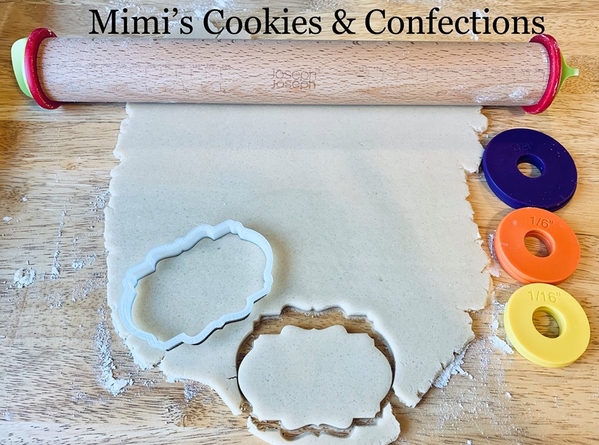 Joseph Joseph Rolling Pin; Photo by Vicki King of Mimi's Cookies & Confections
Joseph Joseph Rolling Pin; Photo by Vicki King of Mimi's Cookies & Confections
The second most popular tool, at 36% of respondents, is a standard rolling pin with separate rolling guides placed on both sides of the dough. Of respondents taking this approach, 58% report using handmade guides not originally intended for dough rolling (i.e., paint stirrers, yardsticks, dowels, etc.). The other 42% uses guides made expressly for dough rolling (such as DoughEZ sticks, as one example).

Yardstick Guides; Photo by Susan Goldie of Icing Baked Goods
[EDITOR'S NOTE: I was at first surprised to read that no one uses a dough sheeter. It's such a time-saving tool! When I later saw that very few respondents do large-scale commercial cookie production, I then realized that a sheeter is probably too bulky and expensive for many of you right now. But as you scale up, it could be worth the investment! ![]() ]
]
I learned so much from Question #4 about the specific tools that you use! I had no idea there were so many rolling pins, guides, and rings!
Many of you get creative in making your own guides to put on both sides of the dough while rolling. You use: square dowels, round dowels, wood moldings, paint stirrers, cake dowels, rulers/yardsticks, plexiglass strips, chopsticks, yard sign sticks, hardwood trim, and even bars from embroidery stretchers!
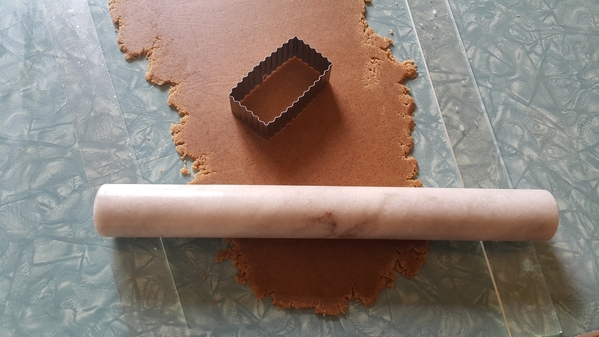 Plexiglass Guides; Photo by Liesbet Schietecatte of Stock's - Artisan Belgian Bakes
Plexiglass Guides; Photo by Liesbet Schietecatte of Stock's - Artisan Belgian Bakes
Others purchase guide strips made for rolling dough, for example: DoughEZ guide sticks (which come in a "rolling system" with a mat), PME Sugarcraft Spacers, silicone Perfection Strips, Springerle guides (like these from Springerle Emporium), and DoStix.
Still others purchase guide rings to put onto their own rolling pins. They get them from CK Products, PourSomeSugarCutters on Etsy (which fit Joseph Joseph pins), Wilton, and Regency (Evendough Bands), to name a few.
Then there are the rolling pins that come with rings (either detachable or built-in), such as: Joseph Joseph Adjustable Rolling Pin, Cookie Countess Precision Rolling Pin, J.K. Adams Lovely Rolling Pin, Rolling Hills Smart Rolling Pin, Vermont Rolling Pins Cookie Pin, and Sweet Sugarbelle Adjustable Rolling Pin.
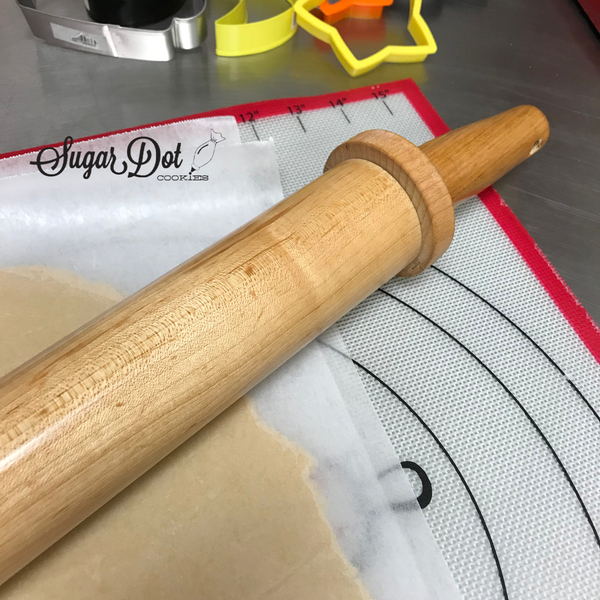 Rolling Hills Smart Rolling Pin; Photo by Dotty Raleigh of Sugar Dot Cookies
Rolling Hills Smart Rolling Pin; Photo by Dotty Raleigh of Sugar Dot Cookies
Some prefer to use boards that have raised edges along the sides for guidance. For example: DoBord (now discontinued), CookieBoard, and Three Sweet Chicks Cookie Dough Board.
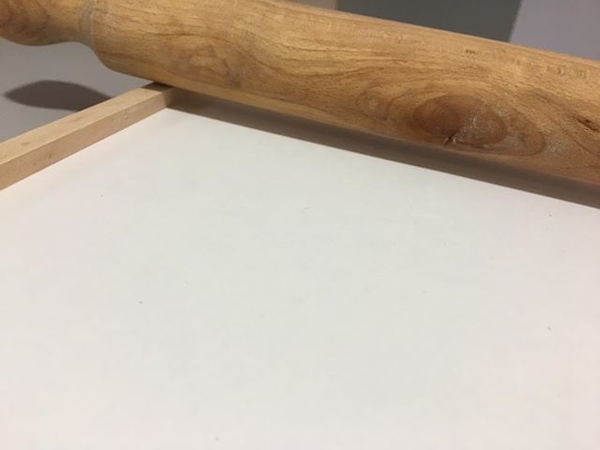 Handmade Dough Board; Photo by Tina Deluca Tsourtsoulas of Sugar Wishes Greece
Handmade Dough Board; Photo by Tina Deluca Tsourtsoulas of Sugar Wishes Greece
When asked what you like about your chosen tool, you responded with many of the same reasons - though you use different tools. Everyone loves the consistent results. You love tools that allow you to change up the thickness of your dough. You love your handmade guides and boards because they're inexpensive, easy to use, and easy to replace.
However, many of these tools aren't quite perfect for us. Some who use rings say that they can occasionally fall off the pin. Many who use rubber rings complain that their dough is inconsistent in thickness because the rubber compresses when too much pressure is applied to the rolling pin.
Some of you wish you could make changes to the rolling pins with permanent rings. For instance, you wish the rolling pins were longer to fit more dough between the rings. You also wish you could switch out the rings for different thicknesses. Some feel that these rolling pins are rather costly considering that they don't have thickness options.
Those respondents who use guides on the sides of their dough mentioned that those guides can easily move, especially when guides are stacked on top of one another (to get a thicker sheet of dough). Some say their guides are too short, causing them to move them up and down the length of dough as they roll.
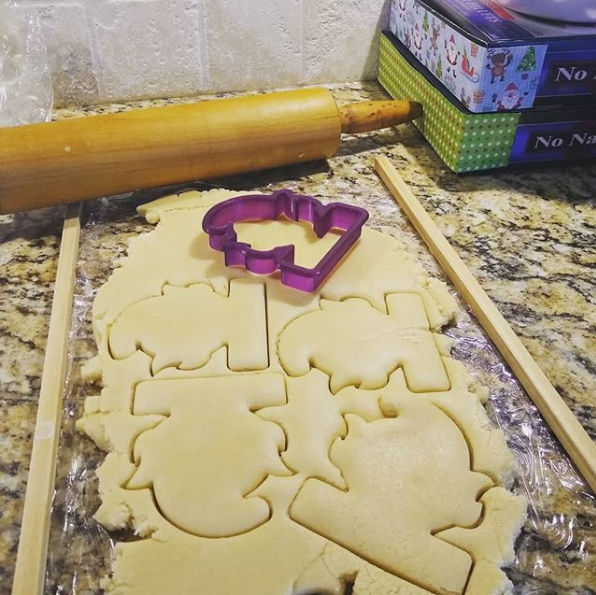 Dowels from Craft Store; Photo by Allison Hawley of Act of Sweetness
Dowels from Craft Store; Photo by Allison Hawley of Act of Sweetness
The most common thing that you all think could be improved is the range of thickness options. You want more! All of the tools - guides, rings, and rolling pins - come with just a few thickness choices. So many of us want in-betweens! You also seem to prefer metal or plastic to wood because of the washability.
Remember, at the start of this article, when I mentioned that 16% of respondents rarely or never use any tool at all? Are these carefree cookiers just winging it? Or are they experts with confidence in what they're doing on their own? Some just don't worry about getting a perfectly uniform thickness, and others are new to cookies. But most have been at cookie decorating for a long time, and prefer to rely on their experience rather than on a special tool. Some say that these tools don't allow them to roll out enough dough. Most of them say that they're quite comfortable rolling the dough in different directions and "eyeballing" it. A few cookiers run their hands over the dough to see if it feels right. One baker who has been working with dough for over 60 years says that you get to "know your dough"! I found the following answer to be really interesting and so clever . . . "I judge thickness by looking at the edge of the dough. Then, I cut out the cookies from the edges of the dough and move inward. That way, if the dough is too thick in the center of the dough, I can go over it with the rolling pin."
If you’re just starting out making sugar cookies or aren't entirely happy with your dough rolling, I hope this survey and analysis have helped you find some options for rolling and/or some ways to improve your results. If you've been at this cookie thing for a while, maybe it's inspired you to give dough rolling a shot with no guides at all! After reading the above answers, I just might give it a try.
Thank you for participating in this survey and allowing us to learn from YOU. If you haven't yet taken it, please do so here! It will be open and capturing new responses in perpetuity! Once you take it, all of the survey results will reveal in the same place too - an added plus!
Until next time,
Dotty Raleigh
Sugar Dot Cookies

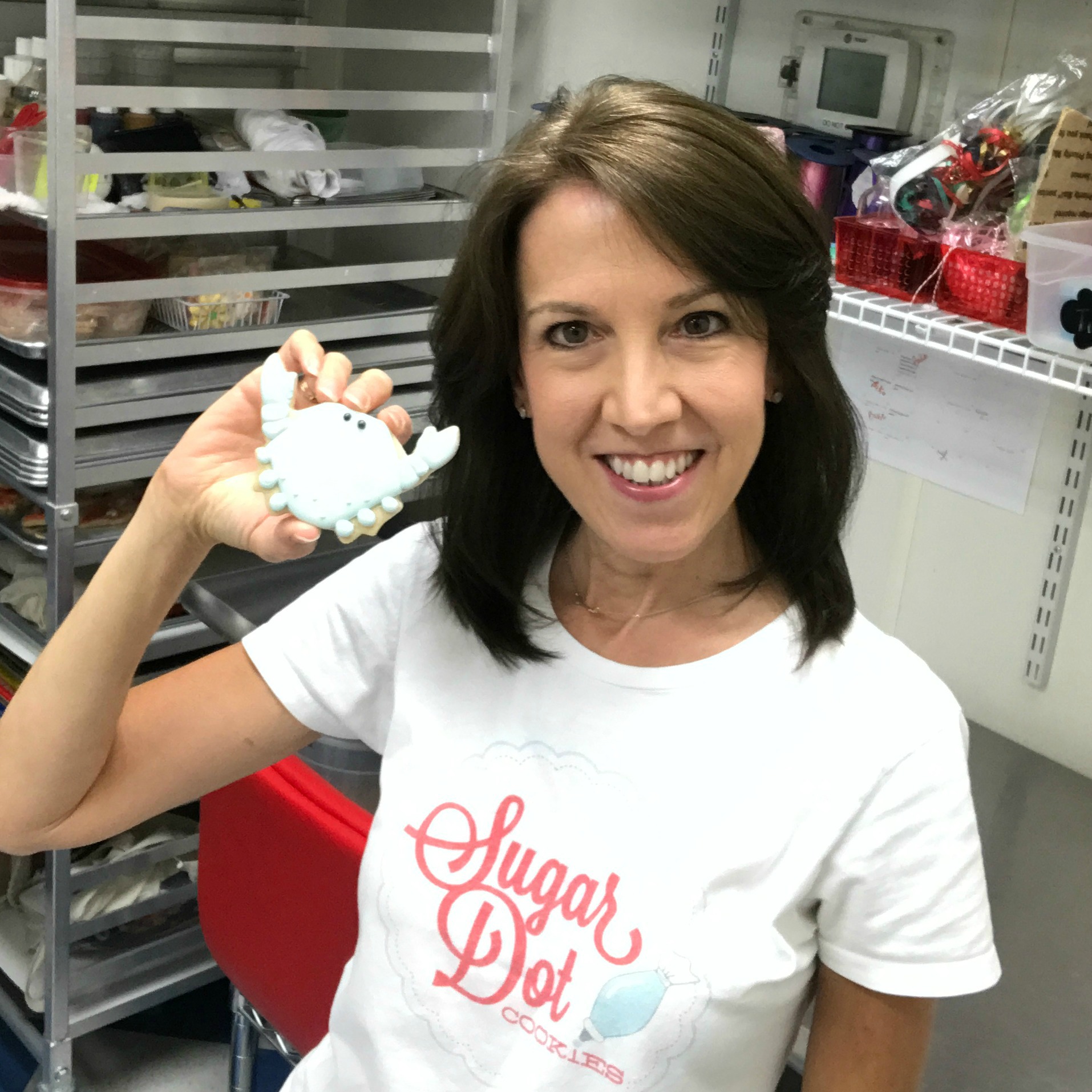
Dotty Raleigh is the owner of Sugar Dot Cookies, which began in 2013 with custom cookie orders, and has since grown to include decorating classes and cookie parties. In 2018, Dotty began teaching a series of online classes called Cookies as Business and providing business e-books, which cover everything from finding the optimum shop location and workflow management to pricing and packaging cookies. Dotty loves sharing her years of experience and encouraging those just getting started in their own cookie businesses. Please visit Dotty's Cookie Connection member profile and Facebook and Instagram pages.
Photo credit: Dotty Raleigh
Note: Sugar Dot Surveys is a bimonthly Cookie Connection survey/blog feature designed to foster experience-sharing and identify best business and decorating practices. Dotty starts by posting a survey every other month about a specific cookie practice, tool, or technique, and concludes with a recap of responses aimed at helping everyone learn and grow. This article expresses the views of the author, and not necessarily those of this site, its owners, its administrators, or its employees. To read all of Dotty's past Sugar Dot Surveys recaps, click here. And to see all of her surveys, click here.



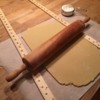
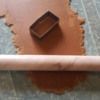

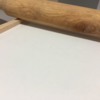
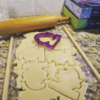
Comments (10)